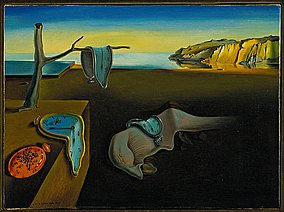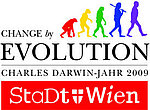Obsessions with Time in the Body and Time in the World

Rae Silver
Helene L and Mark N Kaplan Professor of Natural and Physical Sciences
Jointly at Barnard College and Columbia University, New York, NY.
Rainer Marie Rilke wrote: “The first word that you ever spoke was: light. (Die allererstes wort was: LICHT.)” Remarkably, the manifestation of celestial mechanics is mirrored in the molecular biology of the cell. Even after spending decades exploring this truth, it remains remarkable that today Neuroscientists can actually see the cells of the body beating with a circa-dian (about a day) rhythm, and can watch as the clocks in our brains bow every day to the orders of the celestial world.
This lecture will show that there is a clock in the brain. This clock consists of about 20,000 neurons, and lies in the suprachiasmatic nuclei (SCN) of the hypothalamus. The time of this brain clock is driven by the cycles of light and darkness in our local eartly environment. The brain clock lies at the top of a hierarchically organized system that controls virtually every normal and abnormal function of our body, from the timing of sleep and wake, to our ability to respond to drugs, to the growth of cancer cells.
Cells in the brain clock are privileged to receive light information from sun rise and sunset allowing the interpretation of celestial time. This information is communicated to the rest of the brain and the body by nervous and humoral signals. Time is thereby set in peripheral tissues, which themselves contain independent clocks. In summary, the body clock shop shows how time and season are represented in the space of our bodies.
This lecture is part of the Rupert Riedl lecture series.
Tuesday 16. March 2010 18:00
Großer Festsaal der Universität Wien
mit Unterstützung von
Department für Verhaltensbiologie
Universität Wien
T: +43-1-4277-54460
F: +43-1-4277-54506






